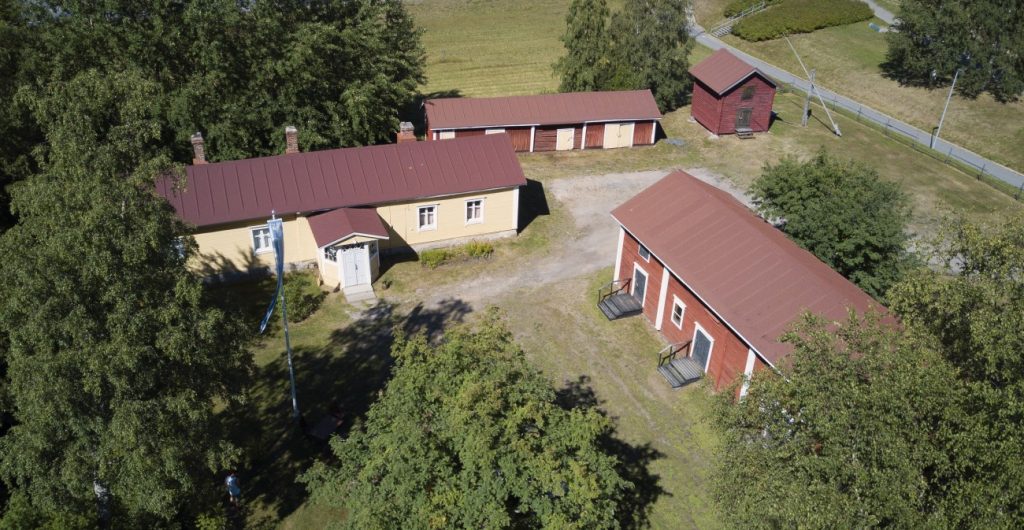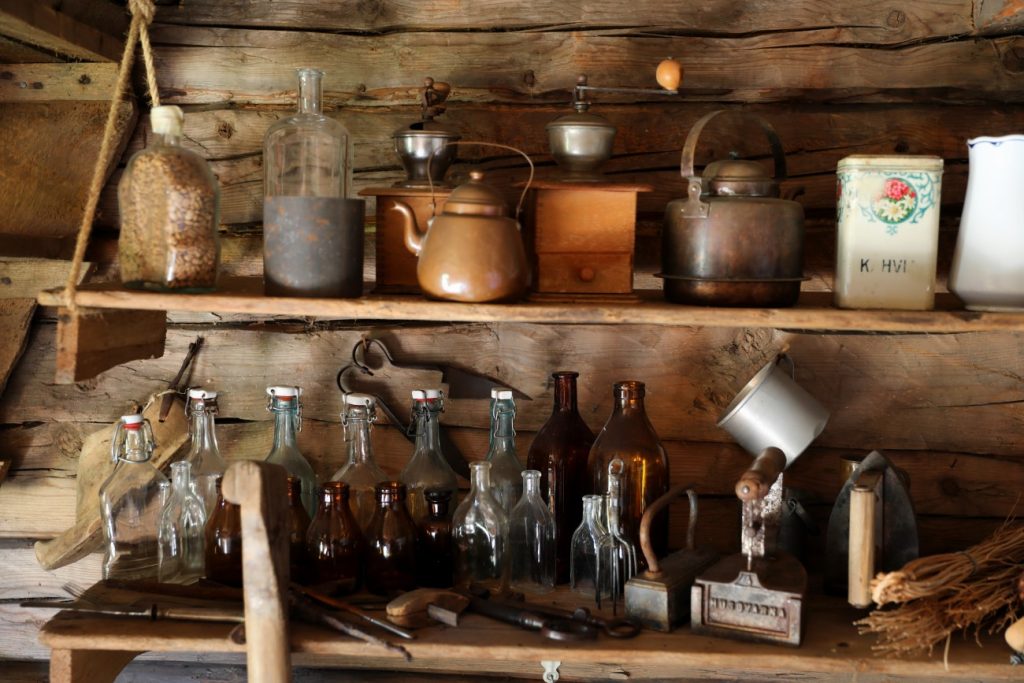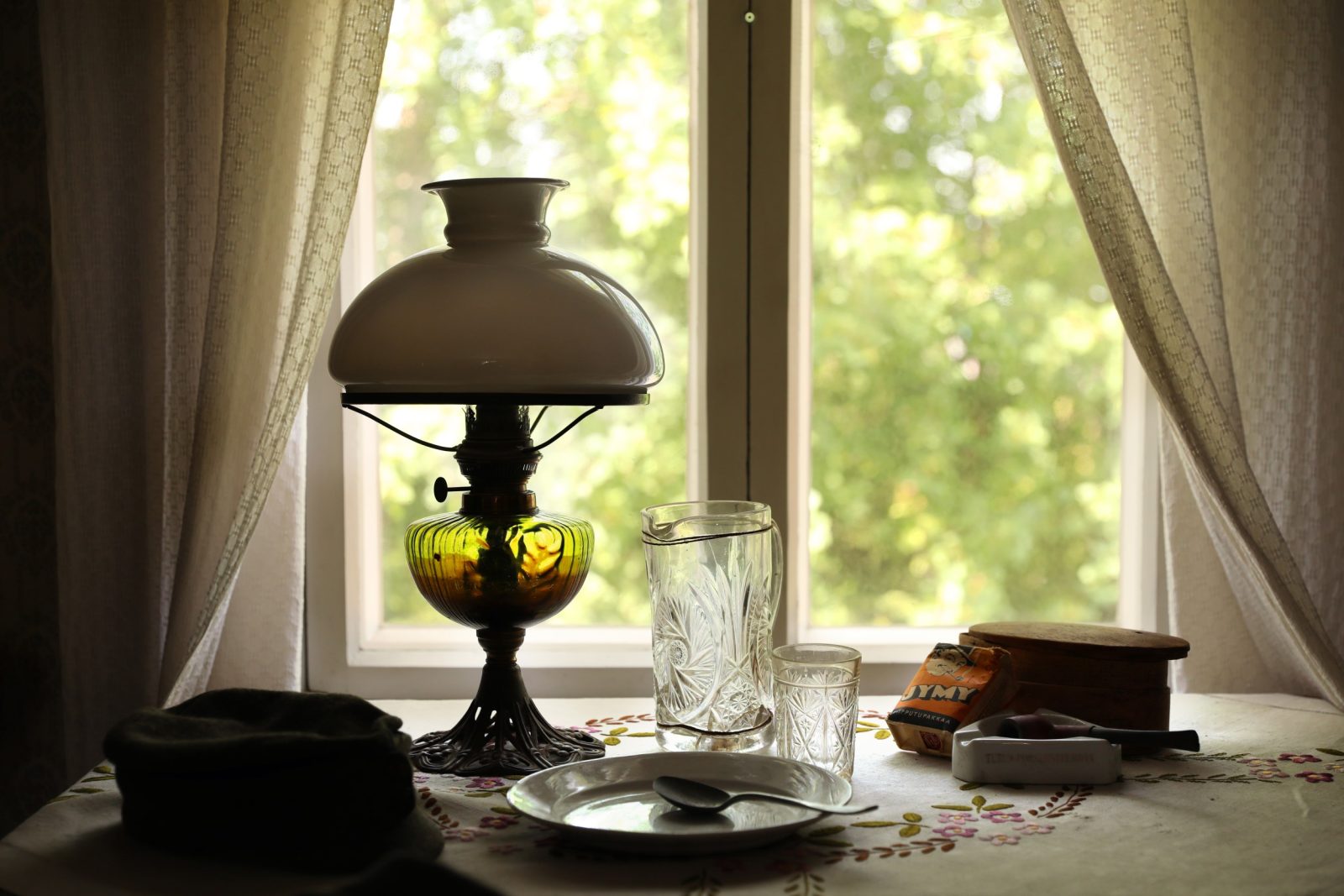History of Oulunsalo
Oulunsalo rose from the sea before the common era and has seen permanent settlements for approximately 1000 years. “Salo” in the name Oulunsalo means an island. Oulunsalo was an island until the 1700s and people used to sail there across the wide Salonsalmi (fin. island strait), also known as Sokeansalmi (fin. a blind person’s strait). Thanks to land uplift, the island was connected to the mainland in the early 1800s. Today, the Salmioja (fin. strait ditch) that flows along the edge of Kempele and Oulunsalo stands as a reminder of the old waterway.
It is known that Oulunsalo was a significant centre of trade since the late 1300s. The island was located favorably for merchants arriving from different directions, Karelians arrived along the Oulujoki river and Western-Finns along the sea. Only in the 1600s did Oulunsalo lose its significance as a centre of trade. This was due to Oulu’s new city rights in 1605 and the changes to the waterways caused by land uplift.
Fishing has been an important part of Oulunsalo’s history. Atlantic herring, salmon and whitefish have been fished from the sea. Salmon was also fished from the Turkka salmon weir in Oulujoki. Additionally, people gained their livelihood by fishing and hunting seals, water birds and woodland birds as well as larger game. People also used to hunt animals for their fur for a long time. People in Oulunsalo also farmed the land on top of hunting and fishing. They mostly farmed barley and rye, but also produced oats and, starting from the 1850s, wheat. They also grew potatoes, fiber hemp and tobacco for personal use. Generally, Finland developed towards cattle farming in the 1800s which required more wheat for the cattle. In Oulunsalo, wheat was grown on natural meadows but also from fields. Transferring into cattle farming meant the expansion of fields.

Kukkonen Estate
The Oulunsalo Traditional Village is composed of the Kukkonen estate. The farmyard includes the residential building, a storage shelter, a grain storage shed, a shed, a drying barn and the “Päivikki storage shed” that was transferred to the location later. The estate’s history has been traced all the way back to the 1500s. The estate had many owners during its history, and the estate was divided and connected in different ways. The current form of the estate follows the structure it had in the year 1800. Many twists and turns took place in the estate’s history. It is known that, for example, during World War II the storage shelter housed evacuees and Russian prisoners of war were being held in the main building.
The latest master of the estate was Antti Lääkkö, who lived there with his wife Hilja. Antti Lääkkö worked as a woodwork teacher in the local elementary school and did woodwork for personal and common needs. Today, the furniture of the drawing room and a cradle serve as reminders of the latest master of the estate. The municipality of Oulunsalo bought the house from the childless couple’s heirs in 1963. All movable property of the building was sold at an auction to locals and tenants lived at the estate until the museum operations began in 1980. When the museum was founded, some original items were recovered via donations and purchases.

The Buildings
RESIDENTIAL BUILDING
In the middle of the house there is a log-framed antechamber and a kitchen, next to them a room stretches across the whole building and on the left-hand side there is a hall that was built from transferred logs probably from the 1700s. A living room on the right end is lined with “kilpukkas”, i.e. pieces of plank acquired from Varjakka Sawmill. The furniture of the hall and among other items the living room desk (about 1890-1919) and the cradle (about 189-1910) were made by the house’s latest owner Antti Lääkkö. The walls of the hall are decorated with stencil painted wallpaper that were painted in 1980 to imitate the original style. Most pieces of furniture, such as the living room trunk, originate from the building, but some items on display were donated from elsewhere in Oulunsalo, such as a kantele, a psalmodicon, a pump organ and a shotgun.
STORAGE SHELTER
The building that is mostly in its original condition originating from the mid 1800s, is separated into three sections: on the left a mangling room, i.e. a space used for laundry, in the middle a wide barn and on the right a stable.
GRAIN STORAGE SHED
The shed that was used for storing grain is in original condition, but it used to be located in a different place: next to a cement brick shed that was demolished in 1980 to make way for a pedestrian route. The shed is believed to originate from the late 1800s.
SHED
The building consists of four sections: from the left an outhouse, a woodshed, a log storage shed, and a framed tool shed. Out of these, the storage shed is the oldest as it might have been built to store fishing equipment in the 1700s. Other sections of the shed were constructed later in the late 1800s.
DRYING BARN
The building used for drying and threshing grain might have been built at the turn of the 18th century. The barn was transferred to its current location and concrete flooring was molded to it when the museum was founded; the building used to be located on the other side of the road closer to the church.
“PÄIVIKKI STORAGE SHED”
Päivikki Leppämäki was a long-time librarian, youth association chairwoman and, among other things, a member of a Local History Society’s board. Leppämäki’s heirs donated a red storage shed from her estate in Mononen, Oulunlahti, to the museum in 2012. The items in the storage shed are old pieces from Päivikki’s private collection.

